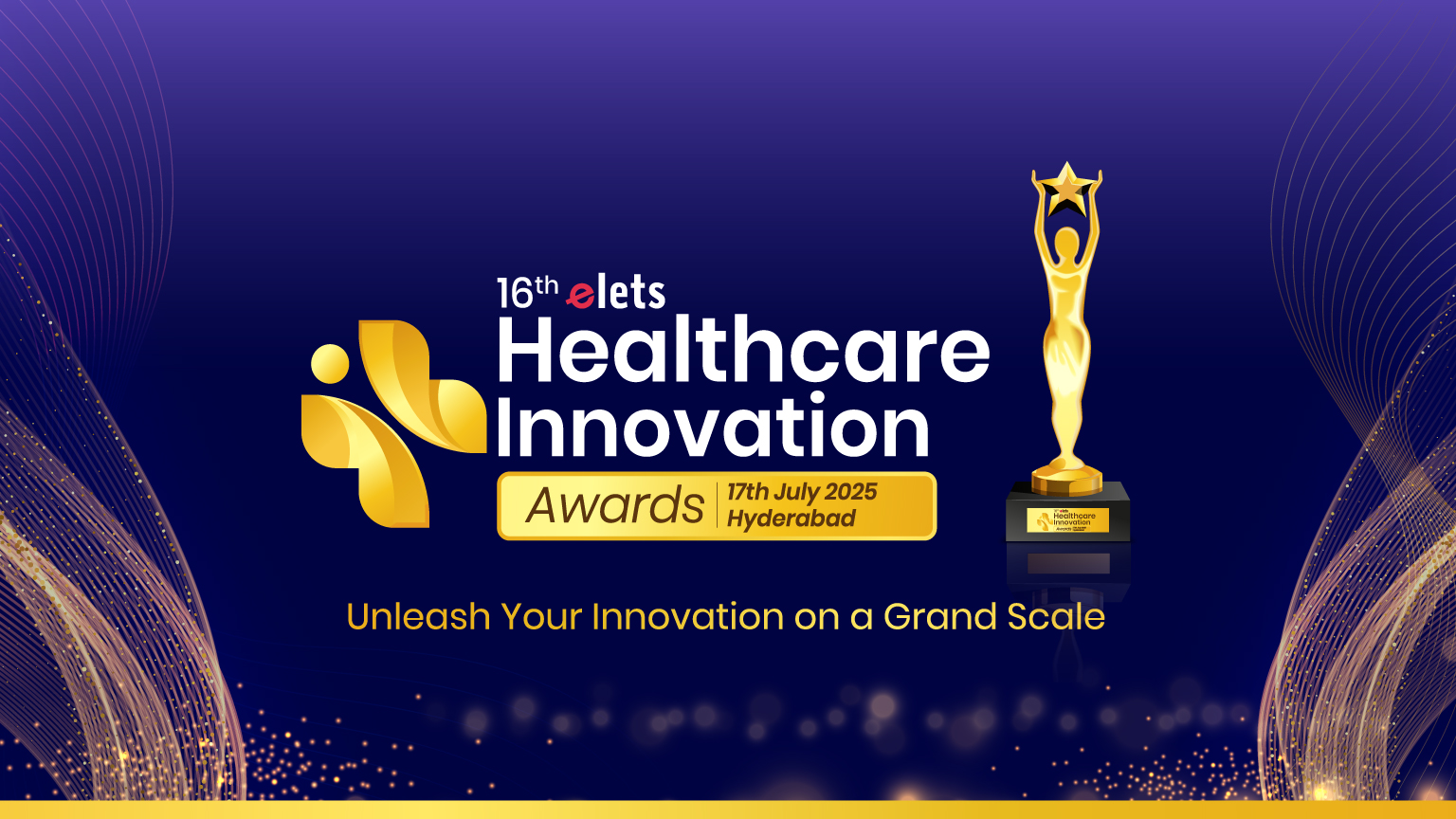
Healthcare providers that leverage data driven from clinical business analytics are discovering new opportunities to lower costs, provide better care for patients and establish better health programs for employees. However, the ongoing challenge is being able to effectively compile all forms of structured and unstructured health data into an analytics database.
Nowadays, the healthcare industry is swamped with enormous amounts of data – almost 80 percent of medical data is unstructured that requires validation and accurate analysis. It can be challenging to extract comprehensive information from healthcare data in unstructured forms such as emails, faxes and paper, which can limit the accuracy and usability of data. Clinical and business analytics, can lead to dramatic improvements in patient care and business operations.


Healthcare data management
According to Gartner, the healthcare providers are expected to spend $1.2 billion on IT products and services in 2015, an increase of 7% over the industrys spend in 2014. IT services, which include consulting, implementation, IT outsourcing and business process outsourcing will be the largest overall spending category through 2019 within the healthcare providers sector. It is expected to reach $317 million in 2015, up from $295 million in 2014. The trend has already started with some of the forward thinking organisations using data classification, extraction, data management and document capture software, to free unstructured data that was formerly trapped, in order to realise a 360 degree patient view from all existing health data.

Volume, variety and importance of health data is increasing persistently. And, organisations that are looking towards the future are implementing new strategies for collection, grouping, managing and analysing. Well managed data can help employers and care providers to integrate and identify correlations between previously inaccessible data, available in real or near-real time.

Organisations must set aside a calculated amount of money to pay employee healthcare expenses, then mitigate their risk through stop-loss insurance. Smart document capture and data management can enable clinicians and employers to be proactive about reducing costs through wellness health activities or treatment, so they can provide better quality of life for those in their care or employ. The new health data analysis tools are affordable, easy-to-use and can provide nearly instant return on investment by helping organisation cut costs and provide better patient care and more employee wellness health opportunities.

Benefits of Leveraging Health Analytics
New methods of applying clinical and business analytics give healthcare practices and self-insured employers a holistic view of patient care and health trends. Capturing and management of data allow healthcare practitioners and employers to move from basic business and patient care decisions on hindsight to take decisions based on insight and foresight. Having access to health analytics can:
- Help care providers identify health trends and risks
 Clinical data management and document capture allows healthcare practices to generate reports based on aggregated data at individual and group levels in order to identify illness trends, proactively treat patients and offer focused preventative wellness programs or advice. Real time document capture and data management can help predict disease outbreaks, enabling preventative measures such as offering vaccinations for illnesses like flu and pneumonia, which traditionally have high costs of treatment. These measures not only reduce costs for the business and for patients, but they can also improve the overall health of the community.
Clinical data management and document capture allows healthcare practices to generate reports based on aggregated data at individual and group levels in order to identify illness trends, proactively treat patients and offer focused preventative wellness programs or advice. Real time document capture and data management can help predict disease outbreaks, enabling preventative measures such as offering vaccinations for illnesses like flu and pneumonia, which traditionally have high costs of treatment. These measures not only reduce costs for the business and for patients, but they can also improve the overall health of the community.
Also, document capture and data management can highlight complications that are commonly linked to primary illnesses so healthcare providers know what symptoms to watch for. This early warning can help care providers treat patients at the first sign of an exacerbated or secondary illness, and avoid re-admissions, reimbursement penalties. Capturing data and managing it also helps healthcare facilities allocate staff and device resources in real time in order to eliminate bottlenecks, reduce patient waiting times and provide optimal patient care. These proactive steps contribute to improved patient satisfaction and outcomes.
- Help employers identify health trends and risks
 Employers can reduce cost by identifying health trends among their employees. This analysis allows the employers to put educational programs and incentives in place to help employees proactively improve their health and reduce the risk of injury and illness. Document capture and data management tools are an easy way for employers to help improve the health, wellness and quality of life for their employees while optimising health cost saving.
Employers can reduce cost by identifying health trends among their employees. This analysis allows the employers to put educational programs and incentives in place to help employees proactively improve their health and reduce the risk of injury and illness. Document capture and data management tools are an easy way for employers to help improve the health, wellness and quality of life for their employees while optimising health cost saving.
- Allow care providers to see if treatments are effective
 Capturing clinical documents and management of data allows healthcare providers to monitor the effect of treatments over time with individuals or groups. This real-time data can help clinicians change in an effective or sub-effective course of treatment earlier in the patient care cycle, in contrast to the traditional watch and wait scenario. By changing a course of treatment earlier, healthcare providers can head off secondary disease, provide a structured, reassuring course of treatment, and improve the treatment effects for the patient and the overall success rate of the practice.
Capturing clinical documents and management of data allows healthcare providers to monitor the effect of treatments over time with individuals or groups. This real-time data can help clinicians change in an effective or sub-effective course of treatment earlier in the patient care cycle, in contrast to the traditional watch and wait scenario. By changing a course of treatment earlier, healthcare providers can head off secondary disease, provide a structured, reassuring course of treatment, and improve the treatment effects for the patient and the overall success rate of the practice.
- Enable decision making based on foresight
 In the past, administrators and clinicians had to make the best decisions based on personal experience or data manually aggregated from databases and spreadsheets. Making decisions based on spreadsheets introduces unnecessary risk because spreadsheets are notoriously error-prone and labour intensive. Data management and document capturing tools are exponentially faster, more powerful and more reliable than manual legacy tools such as excel, which were originally designed for finance.
In the past, administrators and clinicians had to make the best decisions based on personal experience or data manually aggregated from databases and spreadsheets. Making decisions based on spreadsheets introduces unnecessary risk because spreadsheets are notoriously error-prone and labour intensive. Data management and document capturing tools are exponentially faster, more powerful and more reliable than manual legacy tools such as excel, which were originally designed for finance.
For employers, reports generated by purpose-built analysis tools can quickly and drastically reduce costs and improve wellness opportunities for employees. This data can help administrators understand the most likely or common health challenges for employees and can help everyone work together toward prevention. For healthcare providers, this real or near-real-time data analysis can improve patient care and quality of life because it is based on data gathered from silos across the entire practice, and is free of human intervention (therefore reducing error).
Conclusion:
New health data captures and management tools provide healthcare providers with opportunities to streamline operations, improve patient care and reduce costs for the practice and patient. By leveraging data management and document capture technology healthcare providers can collect, classify and present aggregated data formerly trapped in structured and unstructured data formats. Once managed, this data can be used for business and clinical analysis that benefit the business, employees, patients and population. By capturing critical documents trapped in silos and systems across the business and practice – clinicians, administrators, key decision makers, self-insured employers and healthcare practices can lower costs for the organisation as well as employees and improve quality of life for everyone.
Authored By:

Vivek Naidu, Vice President -Information Management Kodak Alaris India Pvt. Ltd
Be a part of Elets Collaborative Initiatives. Join Us for Upcoming Events and explore business opportunities. Like us on Facebook , connect with us on LinkedIn and follow us on Twitter , Instagram.
"Exciting news! Elets technomedia is now on WhatsApp Channels Subscribe today by clicking the link and stay updated with the latest insights!" Click here!
















